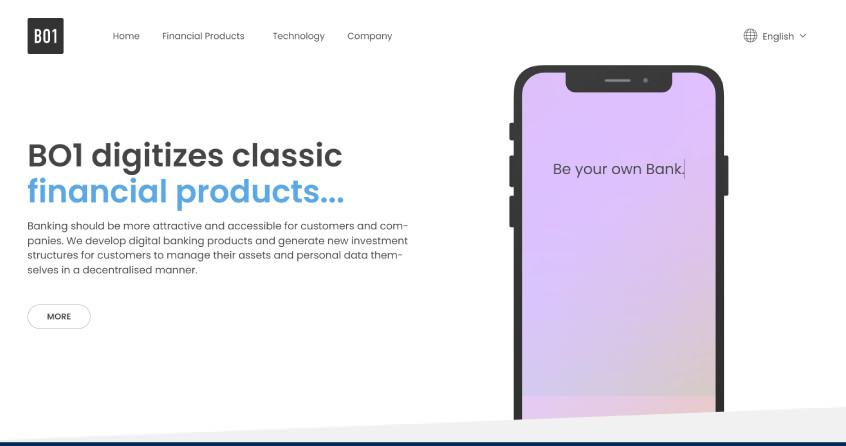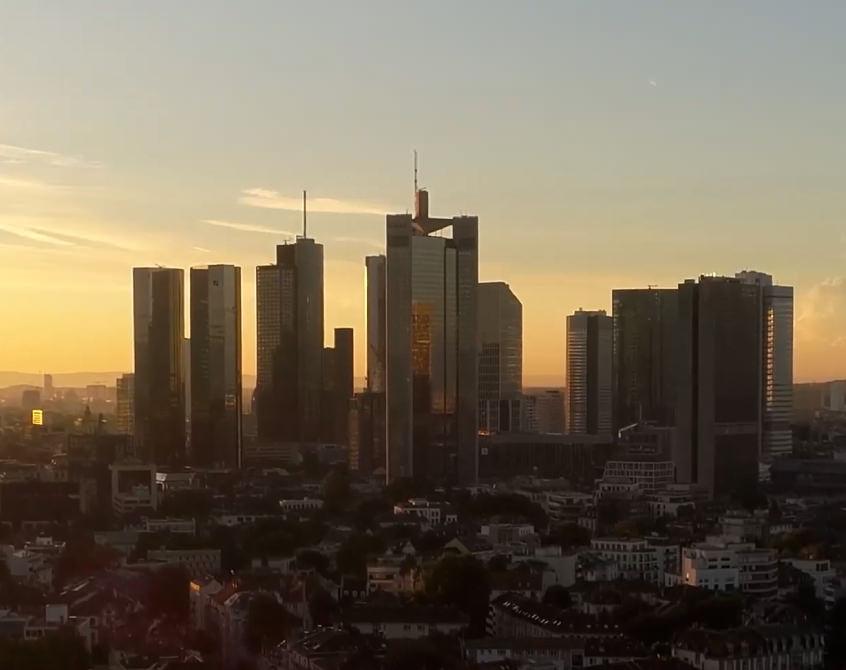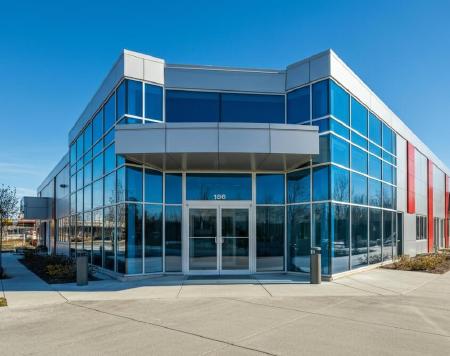Visionnaire collaborated with specialized workforce to develop a web and mobile shopping application
Client
Area
Summarized Problem
Summarized Solution
Results
It is a complete solution: rich in specific features, integrated with banking services,
designed to meet the client's expectations, user-friendly for all parties involved, and secure.
Technologies
The client-side is user-oriented and runs on the user's device, which can be a computer,
smartphone, or tablet. This is responsible for presenting information to the user and handling user interactions. Java technology
was used for the back-end.
On the other hand, the server-side responds to requests made by clients, provides
services, processes data, and manages resources based on requests received from clients. React Native technology was used
for the front-end.
Other technologies used include TypeScript (open-source programming language developed
by Microsoft), Axios (HTTP client), OTP (temporary password generator), Formik (open-source form library for React and React
Native), MobX (state management for applications outside of UI frameworks), Reanimated (for native JavaScript animations by
default), Yup (schema builder for runtime value analysis and validation), GitHub (source code and file hosting platform),
and GitHub Actions (for workflow automation).
Visionnaire worked with production, testing, development, and local environments.
In the testing environment, the Paydentity Next application was used for quality assurance testing. For task monitoring and
project tracking, Jira was used. Notion was used for notes, databases, boards, wikis, calendars, and reminders.

Detailed Problem
Fintech is the combination of the expression Financial Technology, used to refer to
companies that offer new solutions that replace traditional financial methods and popularize operations that were previously
limited to a few people. A fintech typically is based on four pillars: Artificial Intelligence, Blockchain, Cloud Computing,
and Big Data.
BO1 AG's primary need was to evolve an installment shopping service, something that
was not a routine for the German public. The web and mobile application lacked advanced features, was outdated in many aspects,
and did not align with the company's vision.
To promote a new service, it was necessary to make many improvements to the web and
mobile application so that it would be in line with fintech concepts and indeed provide an innovative service efficiently.
Detailed Solution
Using BO1 AG's system, sellers have their marketplace with products registered and
available for sale through QR codes. The buyer, in turn, selects the products and defines the number of installments. The
seller receives the money, and BO1 provides a loan to the buyer, who manages the installments through the application.
The web and mobile application were enhanced with specific functionalities and advanced
features, such as identity validation through video calls with a real person to confirm the buyer's identification. The web
and mobile app developed by Visionnaire can also access the transaction history of users from the last three months for credit
assessment purposes.
Additionally, a digital signature method was implemented for the loan contract. The
user receives and signs the contract, all through the application, with the option to download it in PDF format.
The specialized team assembled by Visionnaire also addressed existing issues stemming
from another service provider. This included a lack of unit tests, outdated libraries, and other obsolete technologies. Furthermore,
Visionnaire acted as a consultancy, guiding the client on which standards to follow and which libraries to use, among other
things.
Design aspects of the web and mobile application were also addressed by Visionnaire
to better align it with the client's vision. Developing and delivering a layout as the client envisioned was of utmost importance.
Security was another area where Visionnaire's developers played a crucial role. Unit
tests were conducted to prevent code vulnerabilities.
In terms of usability, Visionnaire was responsible for making the web and mobile application
more user-friendly for Android system users from Google. The tool was originally designed only for iOS users from Apple.
Despite the development team being located in Brazil, communication with the BO1 AG
team in Germany was not deficient, quite the opposite. Daily meetings were held for real-time communication, and asynchronous
communication tools like Slack were used.
Brochure![]()
Presentation![]()








